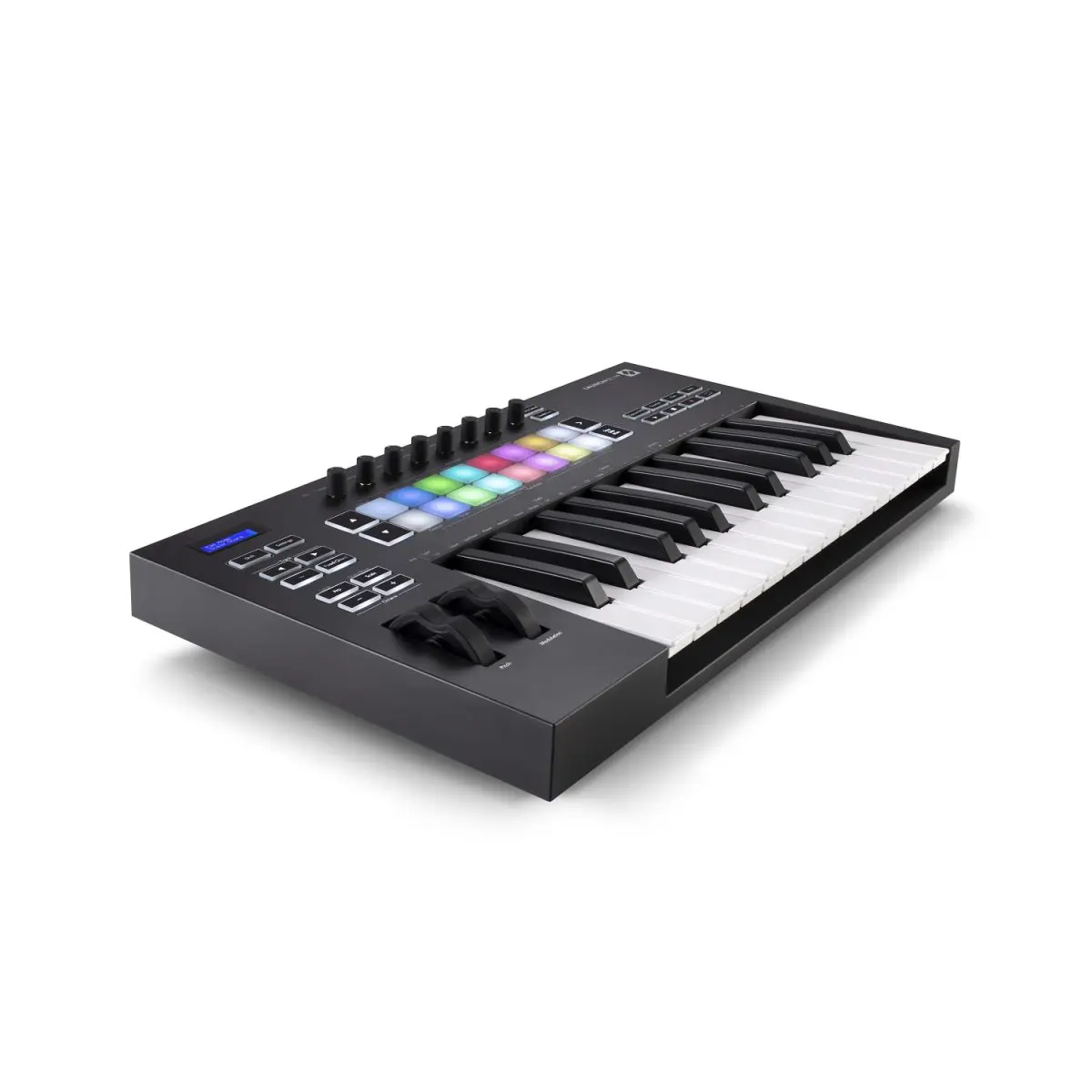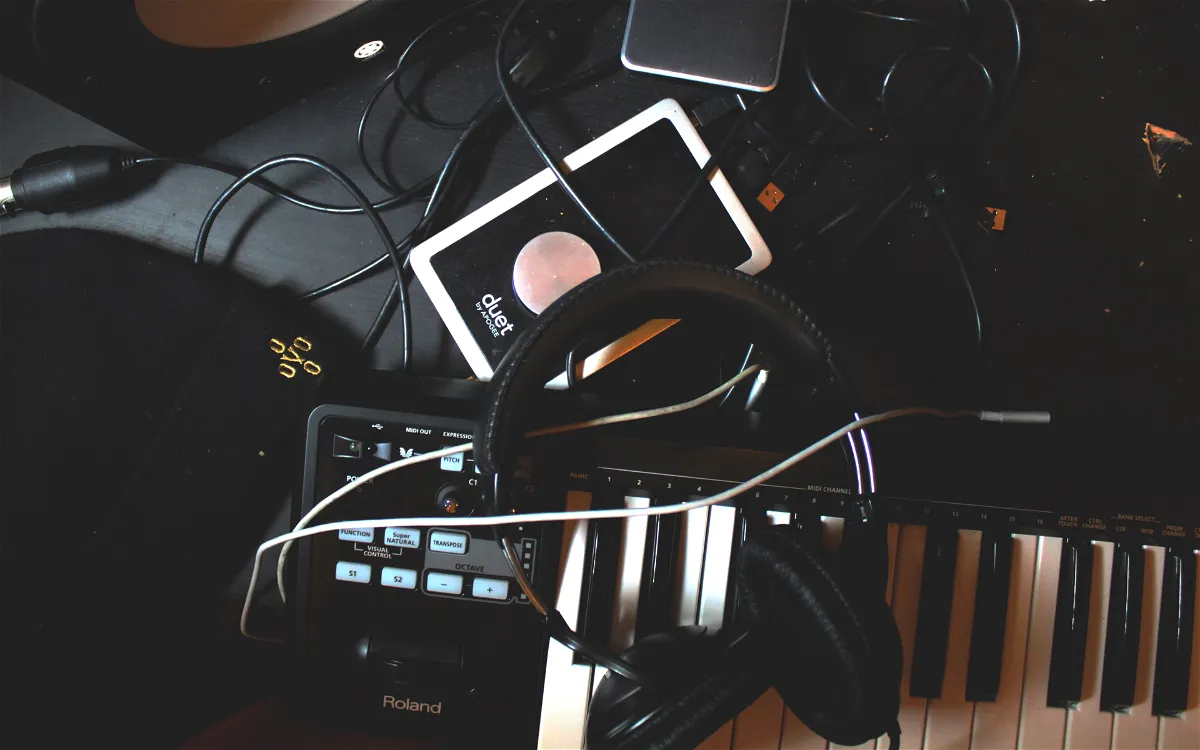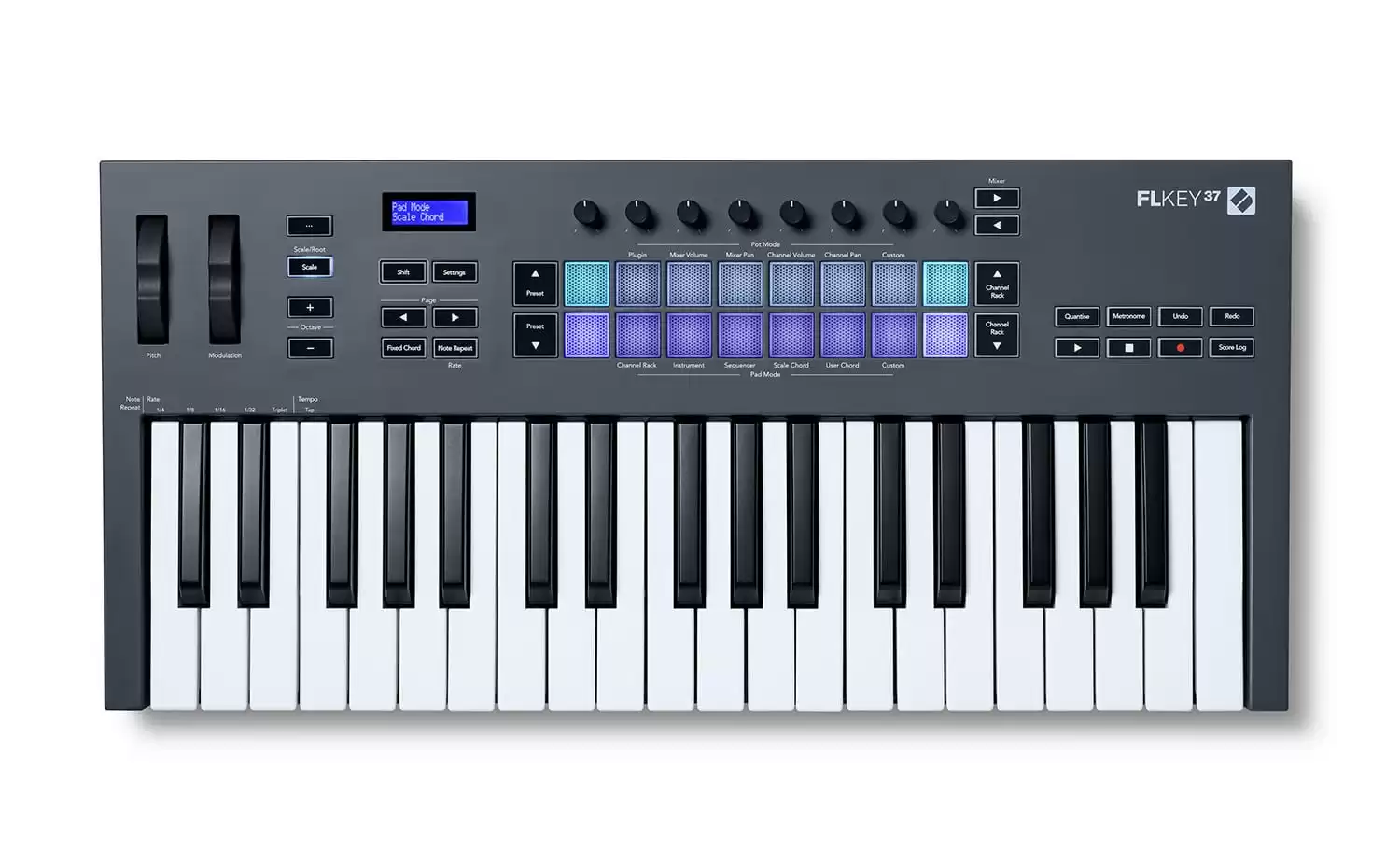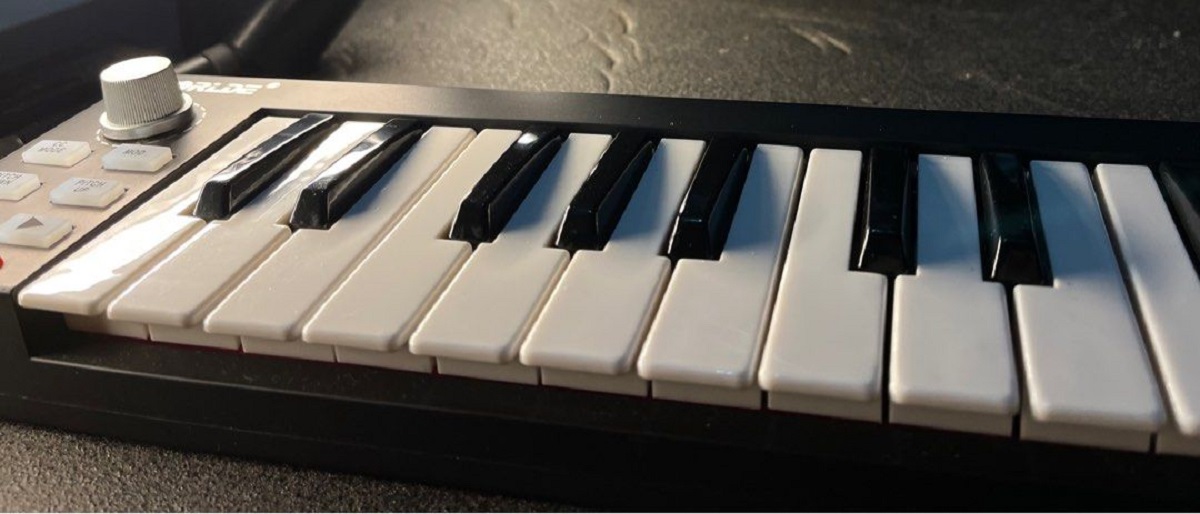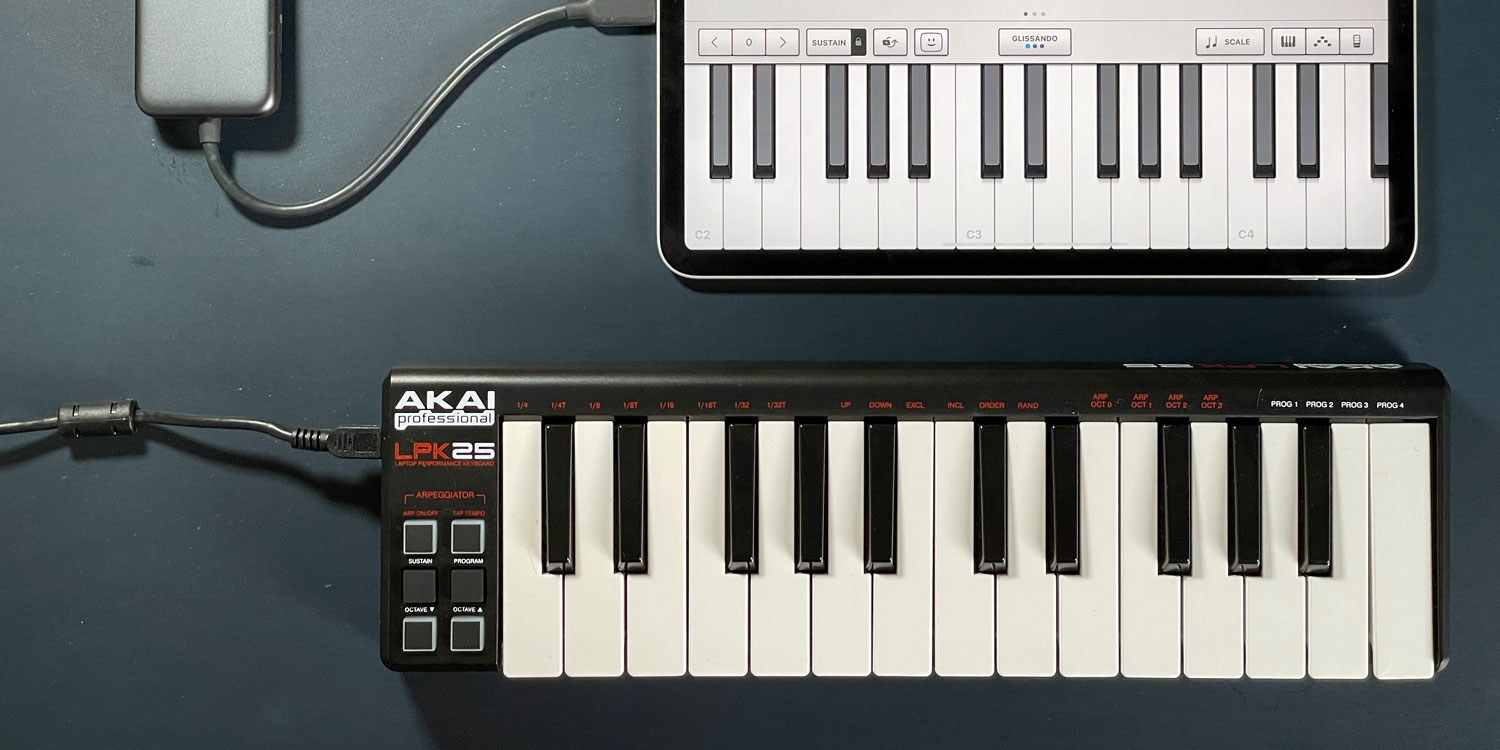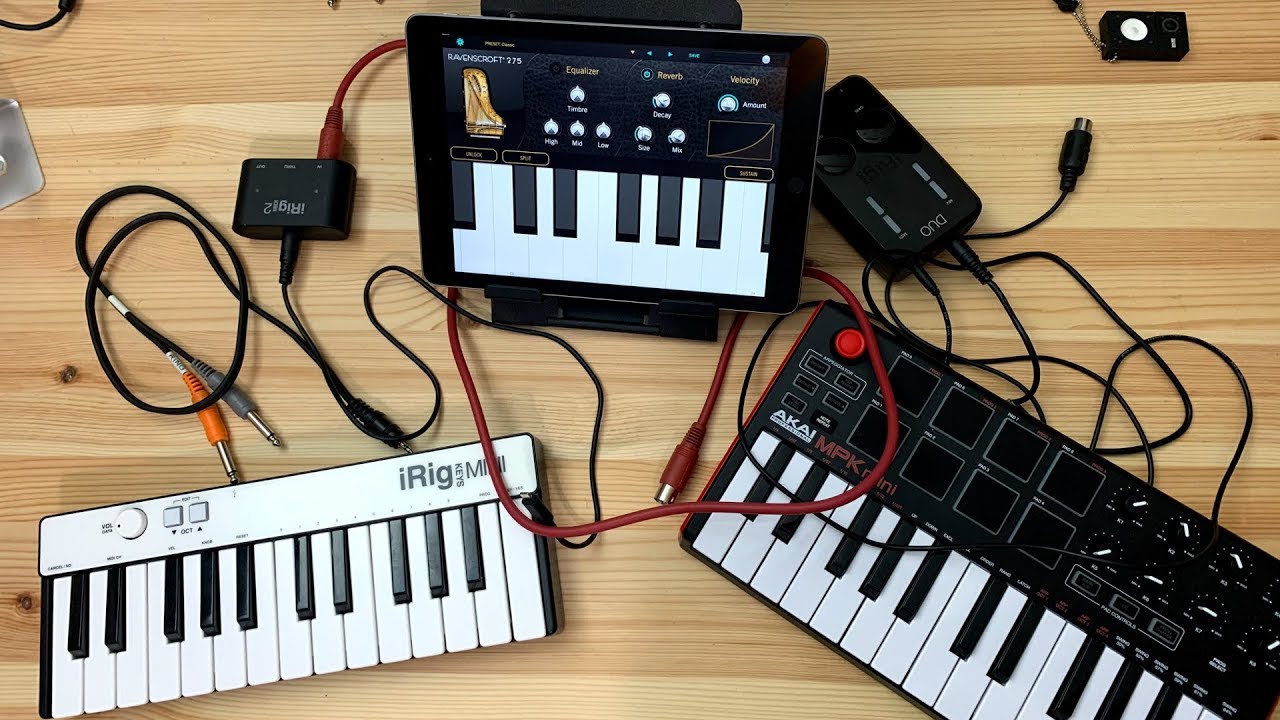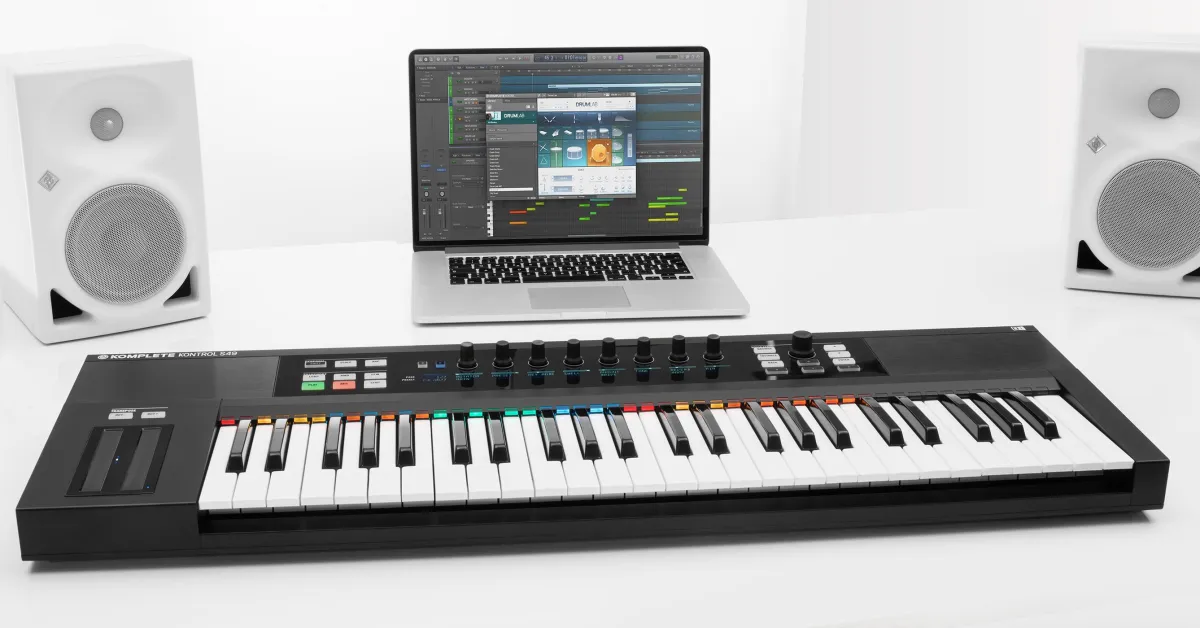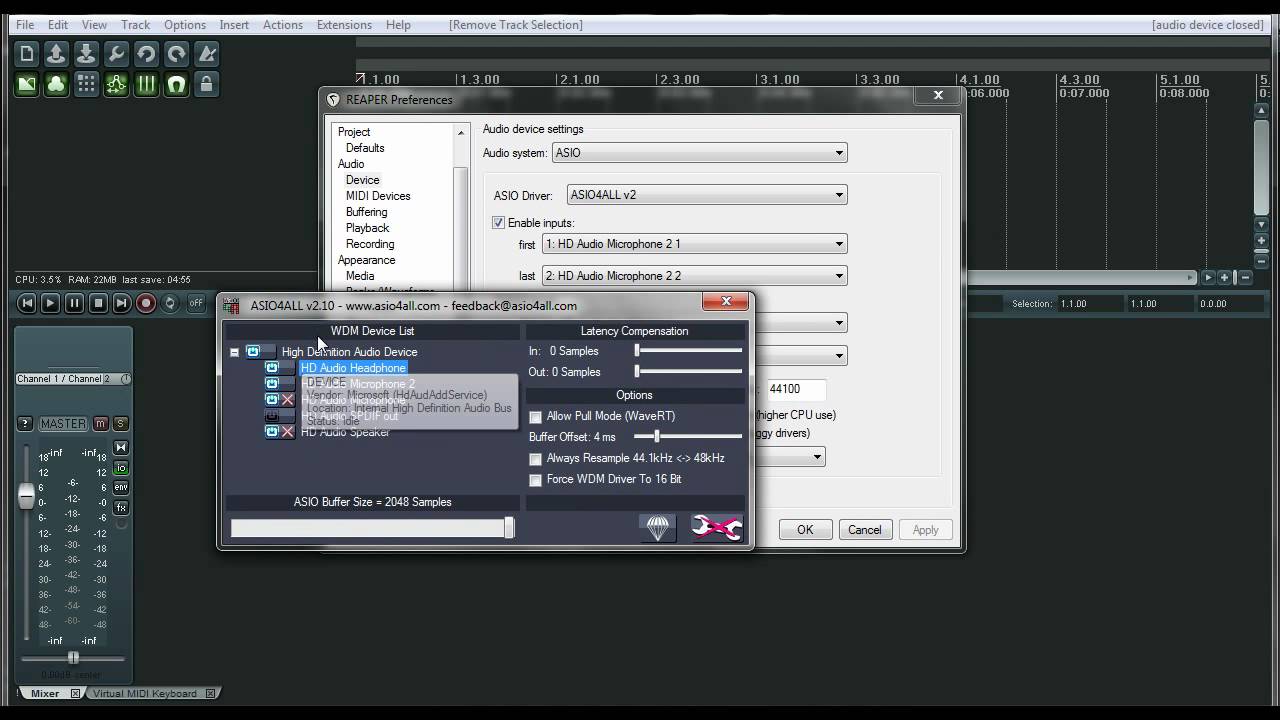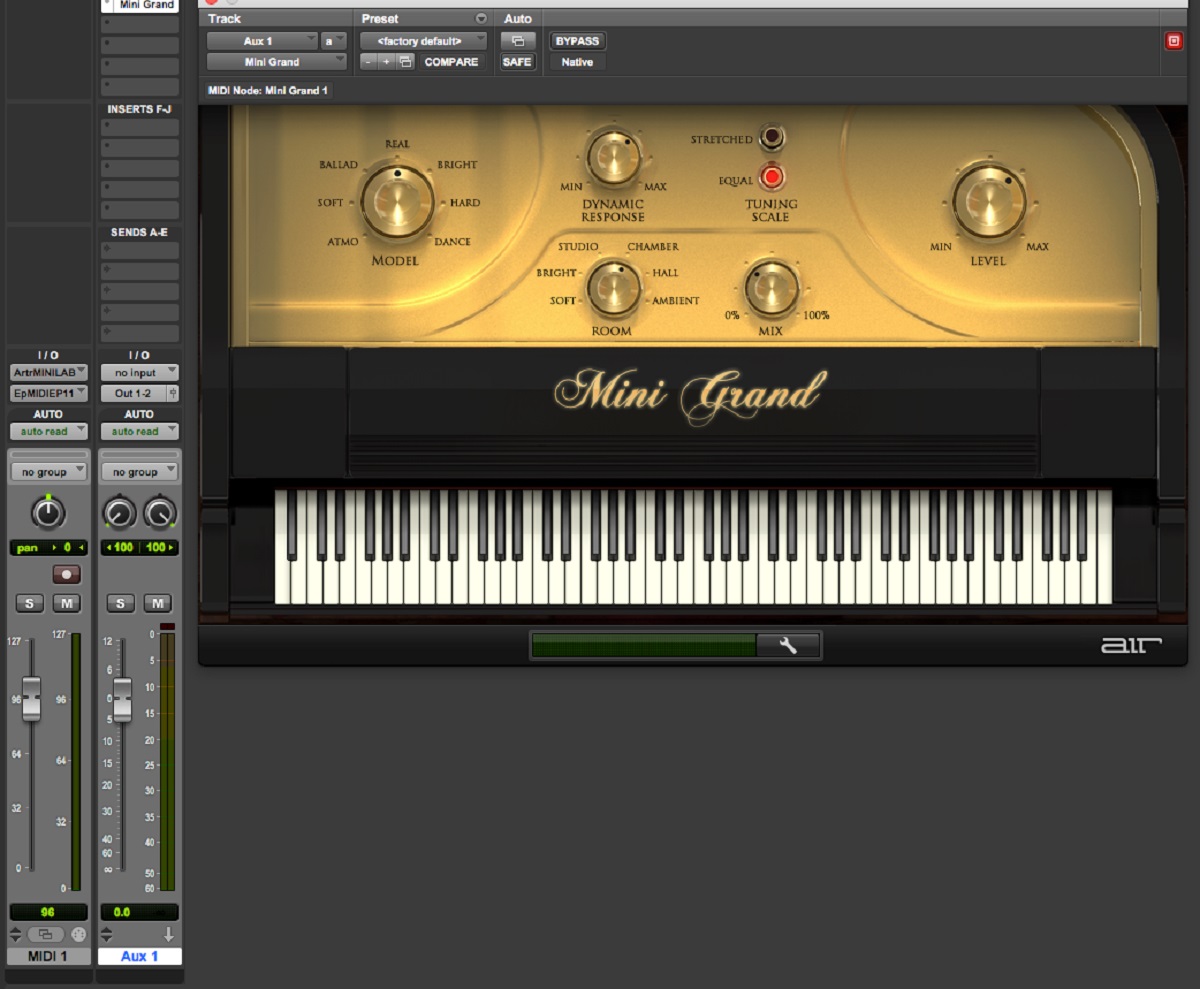Introduction
Understanding the Basics of MIDI Delay
MIDI (Musical Instrument Digital Interface) has revolutionized the way musicians create and produce music. It allows for seamless integration of various musical instruments and equipment, enabling musicians to compose, record, and perform with unparalleled flexibility. However, one common issue that often arises when using MIDI devices, such as keyboards, is the presence of delay. MIDI delay, also known as latency, refers to the slight time lag between pressing a key on a MIDI keyboard and hearing the corresponding sound from a connected device, such as a computer or sound module. This delay can be frustrating for musicians, disrupting their creative flow and hindering their ability to play in real-time.
Understanding the factors contributing to MIDI delay is crucial for addressing and mitigating this issue. Several elements can influence MIDI delay, including the performance of the MIDI interface, the processing capabilities of the connected devices, and the efficiency of the software being used. By delving into the intricacies of MIDI delay, musicians and producers can implement effective strategies to minimize or eliminate this latency, thereby enhancing their musical experience and workflow.
As we explore the concept of MIDI delay and its impact on musical performance and production, we will also delve into practical tips and techniques for decreasing latency, empowering musicians to optimize their MIDI setups and unleash their full creative potential. Let's embark on this journey to unravel the mysteries of MIDI delay and discover actionable solutions for achieving seamless, responsive MIDI performance.
Understanding MIDI Delay
Before delving into strategies for reducing MIDI delay, it’s essential to grasp the underlying causes and implications of this phenomenon. MIDI delay, often referred to as latency, can significantly impact the musical experience, particularly for live performances and real-time recording sessions. This delay occurs due to the time it takes for MIDI data to travel from the input source, such as a keyboard, to the output device, such as a computer or sound module, and then back to the speakers or headphones for audio playback.
Several factors contribute to MIDI delay, including the processing speed of the connected devices, the efficiency of the MIDI interface, and the performance of the software or digital audio workstation (DAW) being used. When a key is pressed on a MIDI keyboard, the corresponding MIDI note information is transmitted to the connected device, where it undergoes processing before producing the audible sound. The cumulative effect of these processes, along with the inherent limitations of technology, results in the perceptible latency that can impede the natural flow of musical expression.
For musicians and producers, understanding MIDI delay is pivotal for optimizing their setups and refining their workflow. By recognizing the variables that contribute to latency, individuals can implement targeted measures to minimize its impact and achieve more responsive MIDI performance. Moreover, awareness of MIDI delay empowers users to make informed decisions when selecting MIDI equipment, software, and audio interfaces, ensuring compatibility and efficiency in their music production endeavors.
As we navigate the complexities of MIDI delay, it becomes evident that mitigating this latency is not merely a technical endeavor but also an artistic pursuit. The quest for reduced MIDI delay is driven by the desire to preserve the immediacy and expressiveness of musical performance, enabling musicians to interact with their instruments and technology in a seamless, intuitive manner. By gaining a comprehensive understanding of MIDI delay and its implications, individuals can embark on a journey toward achieving fluid, low-latency MIDI experiences, enriching their musical creations and performances.
Tips for Decreasing MIDI Delay
Addressing MIDI delay involves a combination of technical adjustments, strategic equipment choices, and software optimizations. By implementing the following tips, musicians and producers can effectively reduce latency and enhance the responsiveness of their MIDI setups, fostering a more seamless and immersive musical experience.
- Optimize Software and Hardware Settings: Begin by reviewing the settings of your digital audio workstation (DAW) and MIDI interface. Ensure that the buffer size is set to an optimal value, balancing low latency with stable performance. Additionally, explore the settings of your MIDI interface and connected devices to fine-tune their performance for minimal latency.
- Utilize High-Quality MIDI Interfaces: Investing in a reliable, low-latency MIDI interface can significantly improve the overall responsiveness of MIDI communication. Look for interfaces with advanced processing capabilities and efficient data transmission to minimize delay.
- Upgrade Computer Hardware: In some cases, MIDI delay can be attributed to the processing power and efficiency of the computer or device running the music production software. Upgrading to a faster processor, additional RAM, or a solid-state drive (SSD) can bolster the system’s ability to handle MIDI data with reduced latency.
- Consider Direct Monitoring: When recording MIDI performances, consider utilizing direct monitoring capabilities offered by audio interfaces. This allows musicians to monitor their input signals directly, bypassing the software processing that can introduce latency, thus facilitating real-time performance without perceptible delay.
- Employ ASIO Drivers: ASIO (Audio Stream Input/Output) drivers, known for their low-latency performance, can be advantageous for minimizing MIDI delay. Many audio interfaces and software applications support ASIO, offering enhanced real-time audio processing and reduced latency for MIDI input and output.
- Opt for Efficient MIDI-Capable Devices: When selecting MIDI-capable devices such as sound modules and synthesizers, prioritize models known for their efficient MIDI processing and low-latency performance. Compatibility and optimization between MIDI devices and software play a crucial role in mitigating delay.
- Explore Dedicated MIDI Over Ethernet: For larger setups or complex MIDI routing requirements, consider utilizing dedicated MIDI over Ethernet solutions. These systems can offer robust MIDI communication with minimal latency, catering to the demands of sophisticated MIDI configurations.
By implementing these strategies and considering the interplay between software, hardware, and MIDI devices, musicians and producers can effectively decrease MIDI delay, fostering a more immersive and responsive musical environment. With a focus on optimizing the technical aspects of MIDI communication, individuals can elevate their creative potential and achieve seamless, low-latency MIDI experiences.
Conclusion
As we conclude our exploration of MIDI delay and its impact on musical performance and production, it becomes evident that addressing latency is essential for fostering a seamless and immersive music-making experience. By understanding the factors contributing to MIDI delay and implementing targeted strategies for reducing latency, musicians and producers can optimize their MIDI setups, enabling them to interact with their instruments and technology in a more responsive and intuitive manner.
Throughout this journey, we have delved into the intricacies of MIDI delay, recognizing its implications for live performances, recording sessions, and creative workflow. By acknowledging the technical and artistic dimensions of latency reduction, individuals can approach the quest for minimized MIDI delay as both a technical endeavor and an artistic pursuit, seeking to preserve the immediacy and expressiveness of musical expression.
Through the implementation of practical tips such as optimizing software and hardware settings, utilizing high-quality MIDI interfaces, and exploring efficient MIDI-capable devices, musicians and producers can effectively decrease MIDI delay, enhancing the fluidity and responsiveness of their MIDI setups. By embracing these strategies and considering the synergy between technical adjustments, equipment choices, and software optimizations, individuals can elevate their creative potential and achieve seamless, low-latency MIDI experiences.
Ultimately, the journey to decrease MIDI delay is driven by the desire to empower musicians and producers, enabling them to engage with their musical creations and performances in a manner that transcends the constraints of technology. By leveraging a comprehensive understanding of MIDI delay and implementing actionable solutions, individuals can embark on a path toward unlocking the full potential of their MIDI setups, enriching their musical endeavors with fluid, low-latency MIDI experiences.
As we embrace the evolving landscape of music production and performance, the pursuit of decreased MIDI delay stands as a testament to the unwavering commitment to musical artistry and technological innovation. By embracing this commitment and continually refining the responsiveness of MIDI systems, creators can forge deeper connections with their music, audiences, and creative visions, fostering a harmonious synergy between art and technology.







